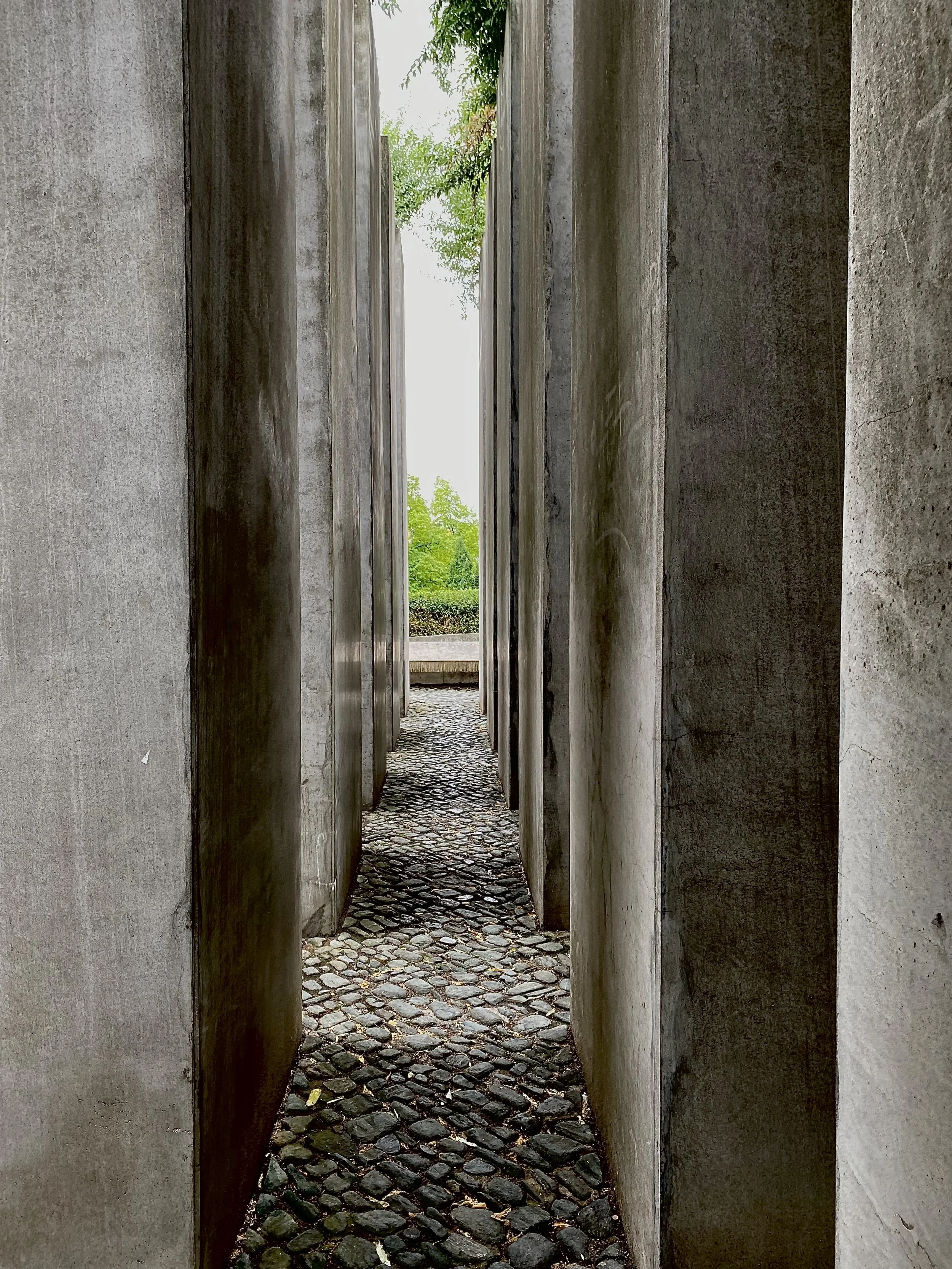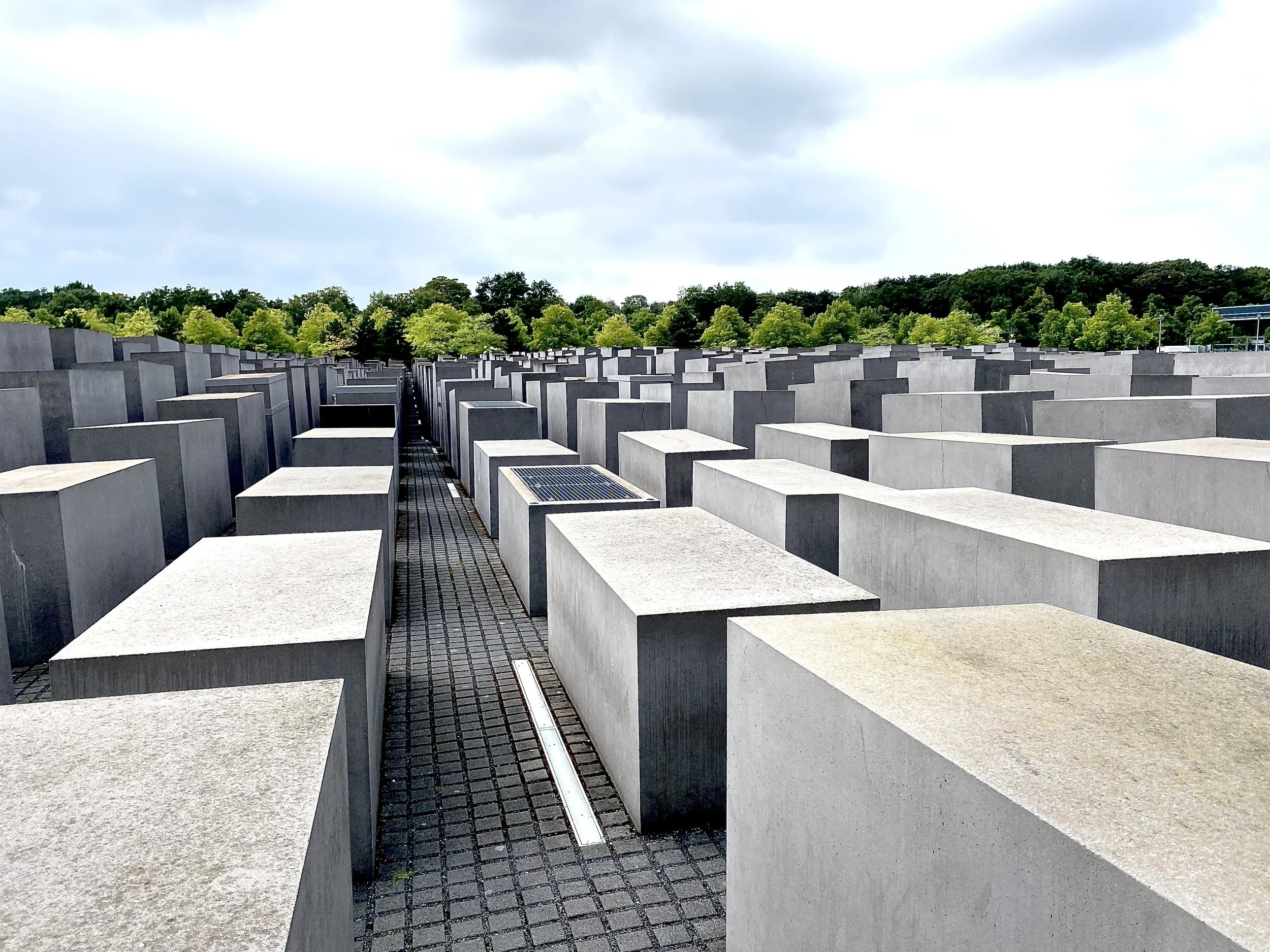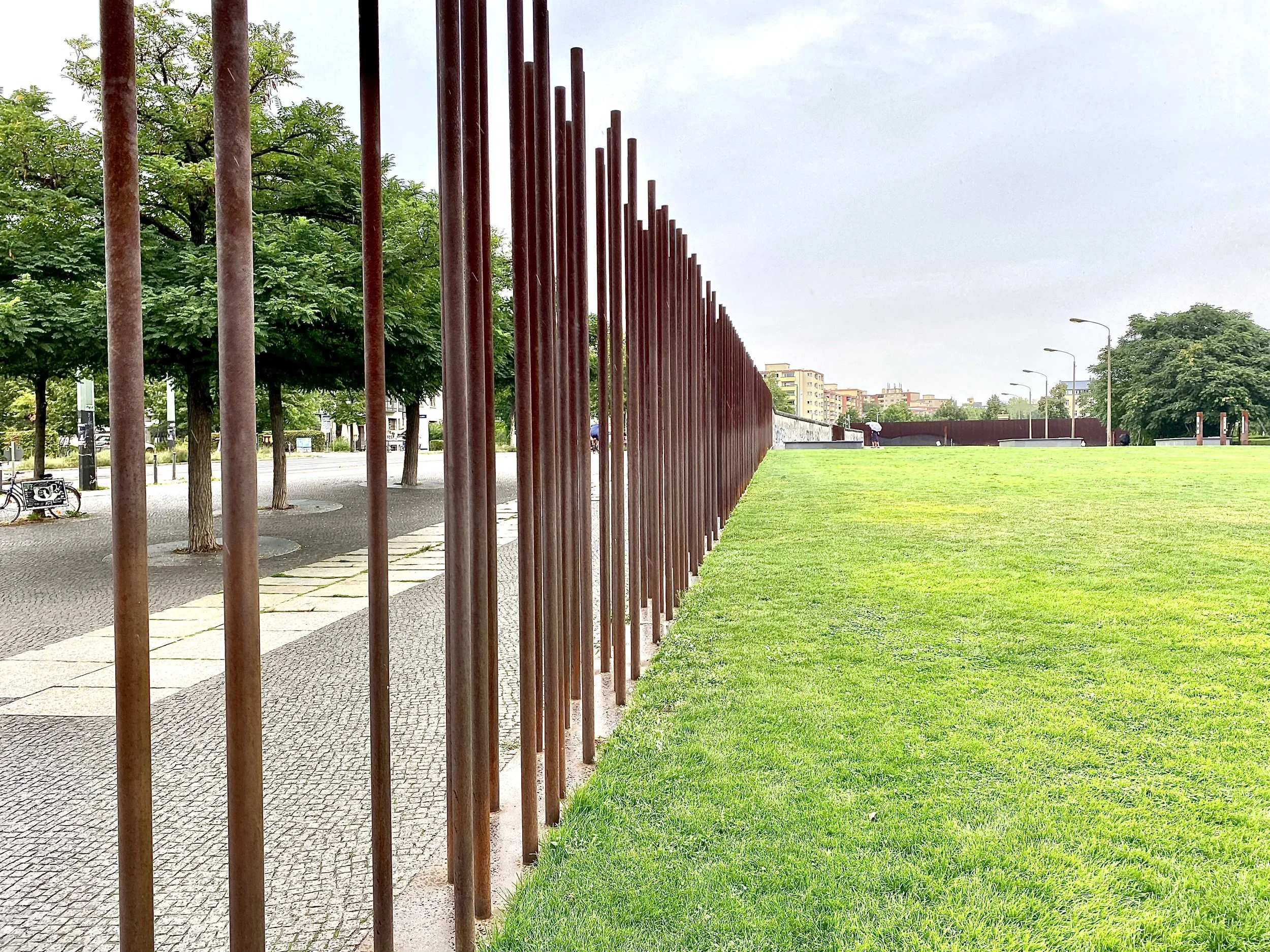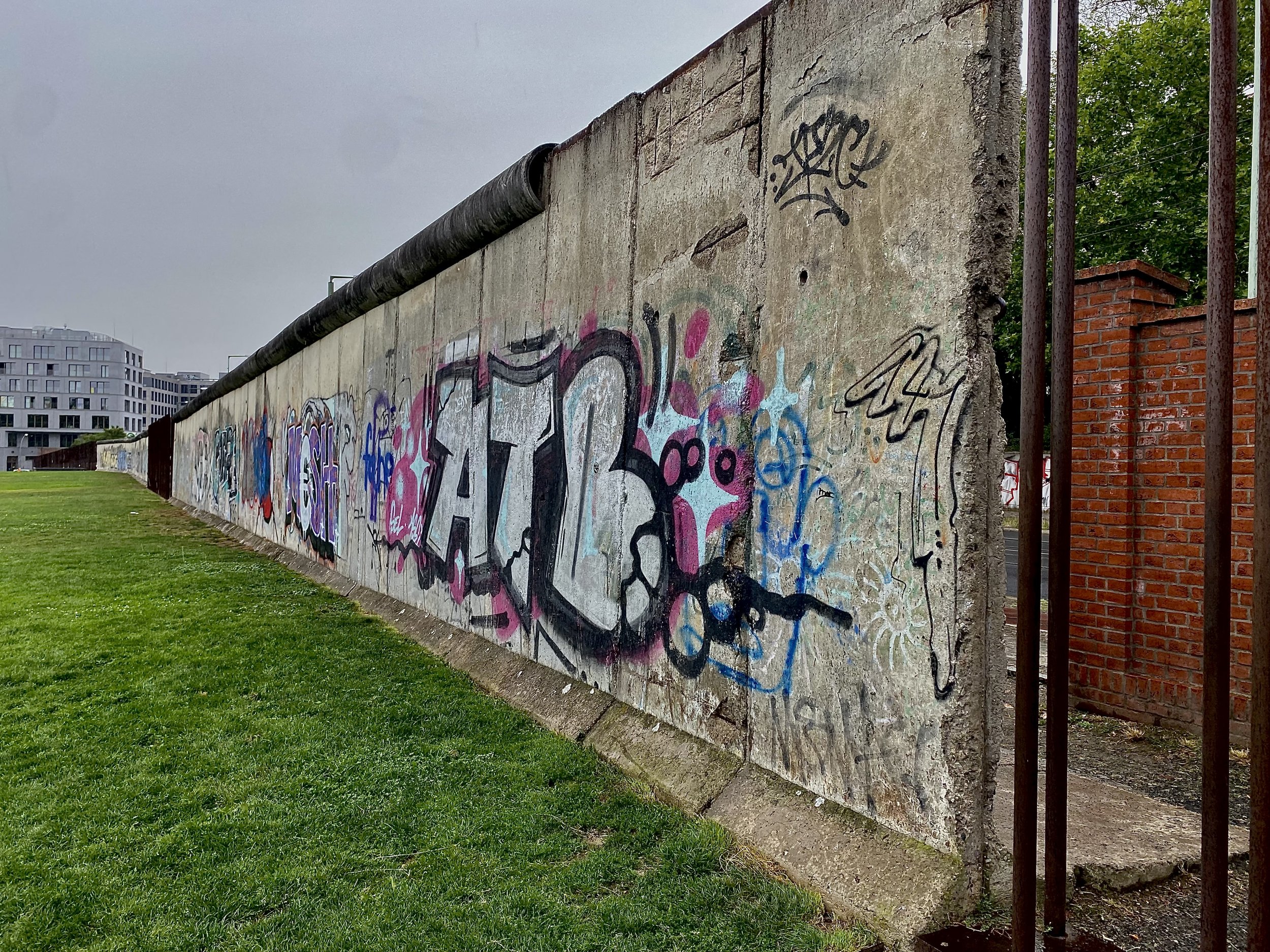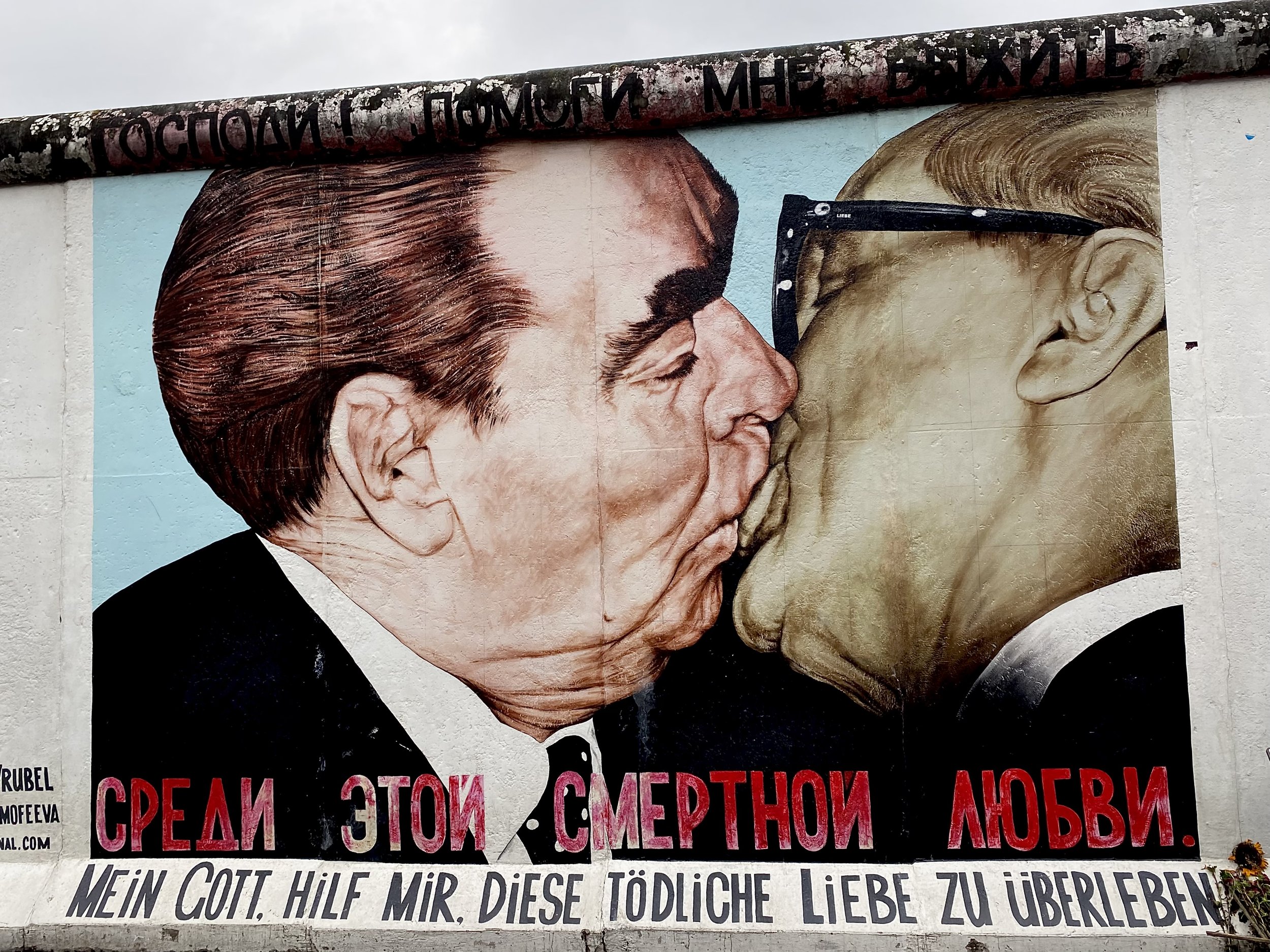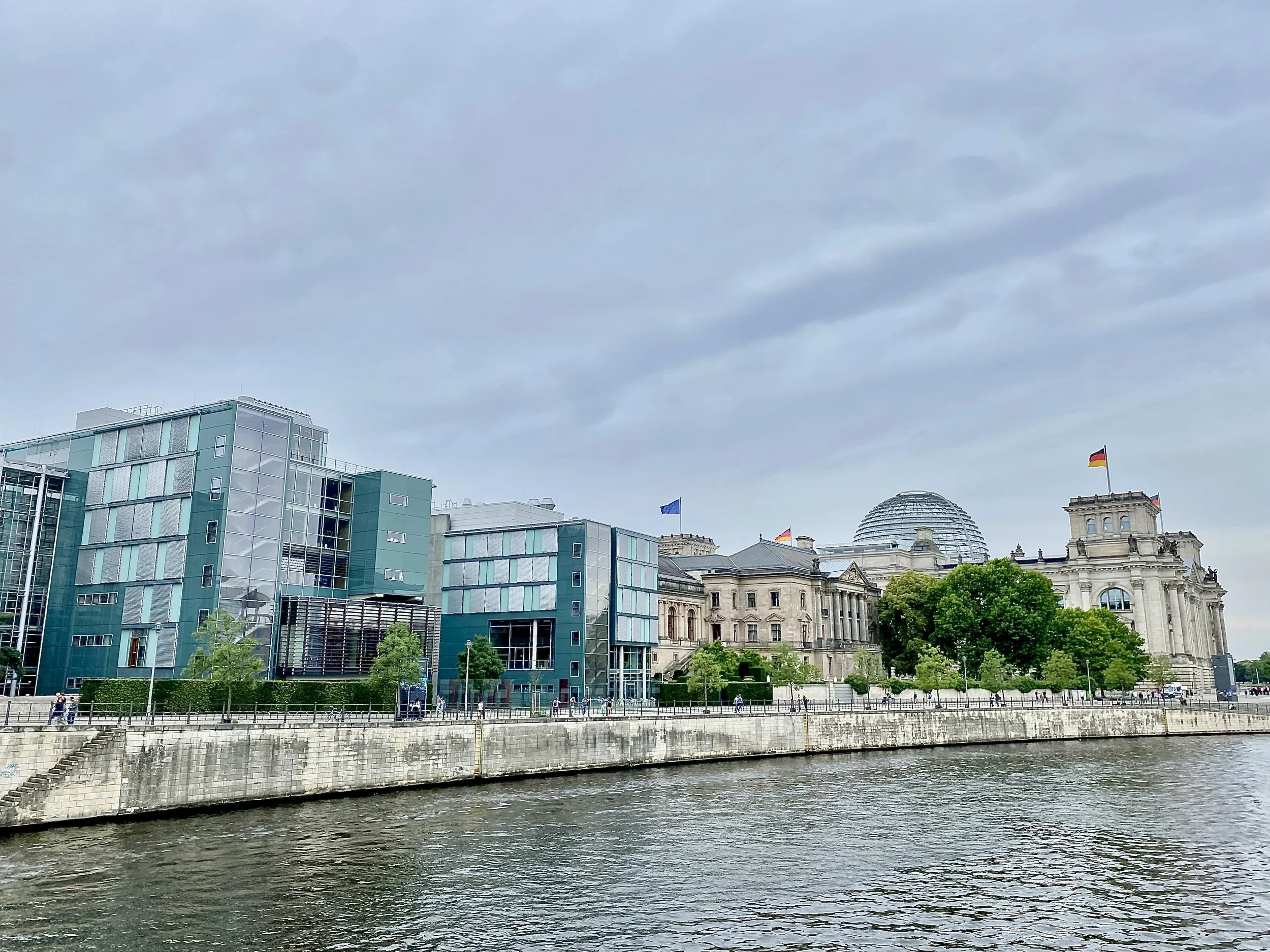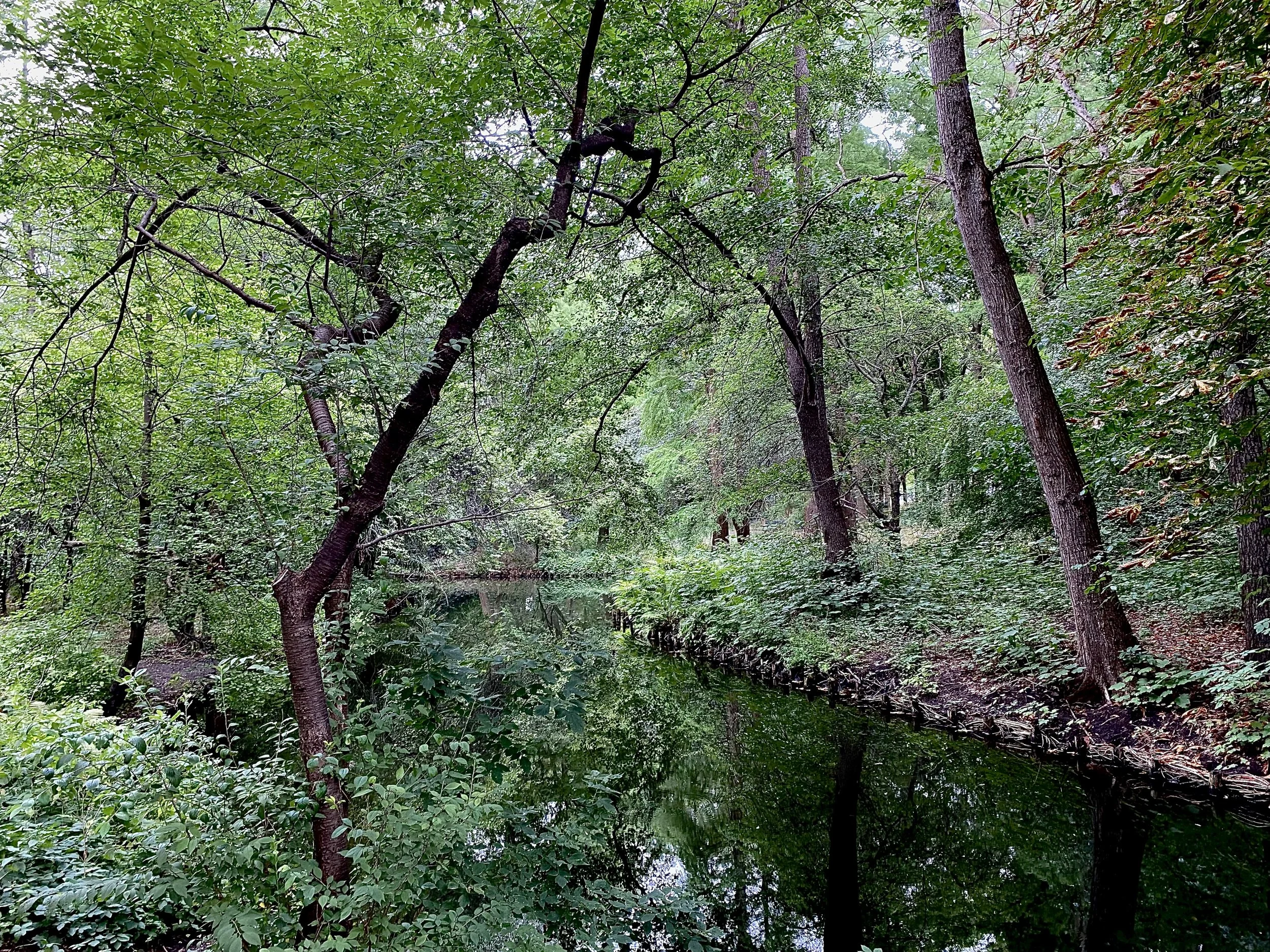Berlin Puts a Tortured History on Full Display
A CITY THAT CAN BE EXPLORED MANY WAYS
Berlin is famous for lots of things - for its clubs, for its counter culture scene, for its history (WW2 and the Berlin Wall), for its arts . . . I think that’s why I heard from several people that they didn’t like Berlin the first time they went - but fell in love with it the second or third time. Unless you’re doing an extended stay, there’s no way you can hit everything that Berlin has to offer on a vacation - so there’s a decent chance that you won’t choose to target the piece of the city that makes you fall in love on your first visit. For me, I didn’t - but I’ll be back knowing that there’s so much I didn’t explore.
Berlin is the capital and largest city in Germany - and one of the largest in Europe (potentially the largest, depending on how you count it). It has a long history of being a capital of several empires, was the planning center for the Holocaust, and was split up after WW2 into east and west with a wall between them - each side belonging to the two countries that Germany was split into (East Germany, West Germany). Now, Berlin is a major global political, cultural, business, and education center.
I focused my trip on the history of the last 100 years - the Holocaust and the Berlin Wall - while also hitting some of the major architectural sites. I found this particular visit moving and informative - but I also recognize that there are a lot of things I’m not going to mention because I barely touched the surface on Berlin. If you’re not targeting this history and the main tourist sites, this summary may not be for you.
LEARN ABOUT THE HOLOCAUST
There are three main sites to visit if you want to learn about the Holocaust - the Jewish Museum of Berlin, the Topography of Terror, and the Memorial of the Murdered Jews of Europe.
I’d start with the Jewish Museum of Berlin - which details the history of the Jewish population in Germany, including extensive sections on the Holocaust. The building itself is an architectural feat - and the first section you’ll go in has a dark tower with hardly any lighting to draw out the horror of the Holocaust, and a garden set on uneven ground to mimic the experience of being on shaky footing as a refugee. In the museum, there is a room with sheet after sheet of anti-Semitic legislation that was passed in the years leading up to the mass murder - a clear showing that it didn’t come out of nowhere and was building in plain sight. There was also a map of Europe showing how much of the Jewish population was murdered in each country - which puts the extent of the genocide in clear, heart-wrenching terms. I found the museum exquisitely designed; it really brings home the truth and horror of what happened.
Then, I’d head to the Topography of Terror - the former Gestapo headquarters where the planning of the Holocaust took place. I found this history exhibit particularly terrifying because it walks through about 15 years of history leading up to the mass murder - and walks step by step through how it came about and how the planning occurred. It reminded that horrific events like this build off of a history of discrimatory thinking and action - and that hateful, authoritarian leaders often come to power by capitalizing on periods of dysfunction, hopelessness, and fear.
Last, I’d head to the Memorial to the Murdered Jews of Europe. After you’ve learned a lot in the first two museums, this is a place to mourn and to pay respects.
For me, the combination of these three packed a more powerful, informative experience than visiting Auschwitz - and it was an experience that stayed with me intensely for days.
VISIT THE BERLIN HALL
While it is less immense in scale than the Holocaust exhibits, the Berlin Wall is fascinating to learn about and visit. The two main places to go are the Berlin War Memorial, which has a section of wall preserved and a small museum, and the East Side Gallery, a part of the wall that remains and is now an open air art exhibit. A third place you can visit is Charlie Checkpoint - the best-known crossing point between the two sides of the city.
CHECK OUT THE MAIN ARCHITECTURAL SITES
Much of Berlin was destroyed during WW2, so a lot of the city will feel modern, even developing. However, there are still several historical sites to visit, many of them rebuilt of restored.
The Reichstag, German Parliament, is famous for its glass dome over its session area; you can book a free tour, but you’ll have to do so well in advance because tickets sell out.
Brandenburg Gate, the most famous monument in Berlin, was restored fully between 2000 and 2002.
Gendarmenmarkt is a neo-classical square that hosts two similarly designed cathedrals separated by the Berlin Concert Hall.
Museum Island is the only world heritage site in downtown Berlin, and has five museums and the Berlin Cathedral. Parts of the architecture here are still being restored.
If you need an escape from the bustle of Berlin, you can relax in Tiergarten, a large forest-like park.
OTHER THINGS TO DO
There are so many things to do in Berlin that I will only hit a few here that were of particular interest to me. Berlin is a city that I’d definitely read about from several sources:
Shop at a Flea Market: Berlin is known for its love of flea markets - and its most famous is Mauerpark flea market. It’s open every Sunday, and I’d recommend leaving most of a day to explore it.
Eat at a Food Market: Flowmarkt is an outdoor food market with amazing produce open Tuesdays and Fridays. Here and in the area around it, it’ll become clear how much a part of Germany Middle Eastern food and culture now is.
Head to a Museum: Berlin has several world class museums, including the Neues Museum (known for its historical artifacts), the Pergamom Museum (known for Islamic and Middle Eastern art), the German Historical Museum, and the Natural History Museum.
Go to Potsdam: Potsdam is a short day trip out of Germany and is known for its wealth of palaces, including the parks and palaces of Sansoucci - Germany’s largest world heritage site.
Again, Berlin can be experienced many ways - so I’d decide how to experience Berlin before deciding where to go.

